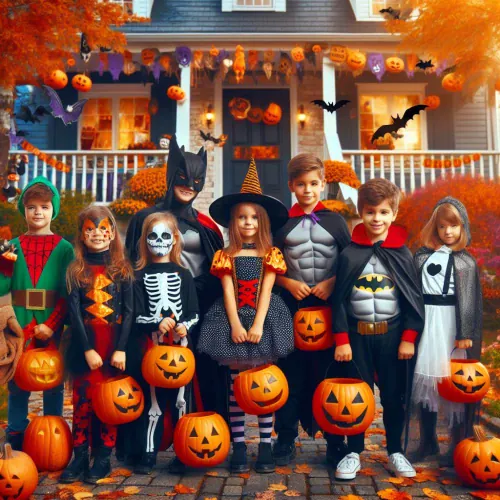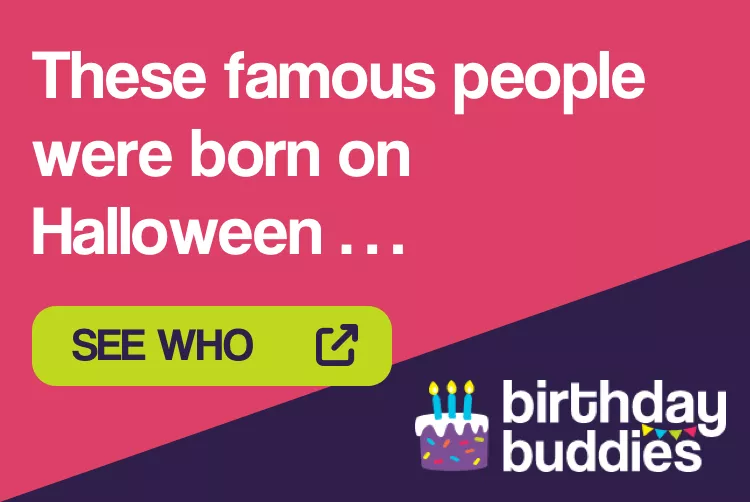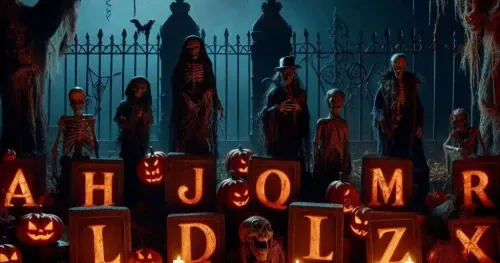Trick-or-Treating has developed over the centuries to become an annual tradition.
Written 25th January 2024 | Subscribe to our Halloween newsletter
The custom of trick-or-treating is believed to have originated in medieval Britain, where the poor would go door-to-door on Hallowmas (November 1), receiving food in exchange for prayers for the dead.
The tradition of trick-or-treating has evolved over centuries, drawing from various cultural practices and adapting to different regions and time periods.
Today, trick-or-treating is a central and beloved aspect of Halloween celebrations in many parts of the world.

The tradition of trick-or-treating has its roots in a mix of Celtic, medieval, and early American customs.
1. Celtic Origins
The practice is often linked to the ancient Celtic festival of Samhain, celebrated around October 31. During Samhain, it was believed that the boundary between the world of the living and the world of the dead became blurred. To appease and ward off spirits, people would leave food and treats outside their homes.
2. Medieval "Souling":
In medieval Britain, a custom known as "souling" emerged, where poor individuals, often children, would go door-to-door on Hallowmas (November 1), receiving soul cakes in exchange for prayers for the dead. The soul cakes were typically sweet, spiced treats.
3. All Souls' Day
The Christian Church later adopted the tradition, designating November 2 as All Souls' Day. On this day, called "Allhallowtide," people would go door-to-door, collecting "soul cakes" in exchange for prayers for deceased family members.
4. Scottish and Irish Practices:
In Scotland and Ireland, the tradition evolved into "guising," where children dressed in costumes and went door-to-door, performing a trick (such as singing a song or telling a joke) in exchange for treats or coins.
5. Colonial America:
Irish and Scottish immigrants brought these customs to North America in the 19th century. By the early 20th century, Halloween had become a more secular and community-oriented celebration in the United States.
6. Post-WWII Revival:
Trick-or-treating gained widespread popularity in the U.S. after World War II. Suburbanization and the baby boom contributed to the community-oriented aspects of Halloween, with children going door-to-door for candy.
7. Commercialization:
As Halloween became more commercialized in the mid-20th century, candy companies embraced the tradition of giving out sweets during trick-or-treating, turning it into the widely practiced custom we know today.







